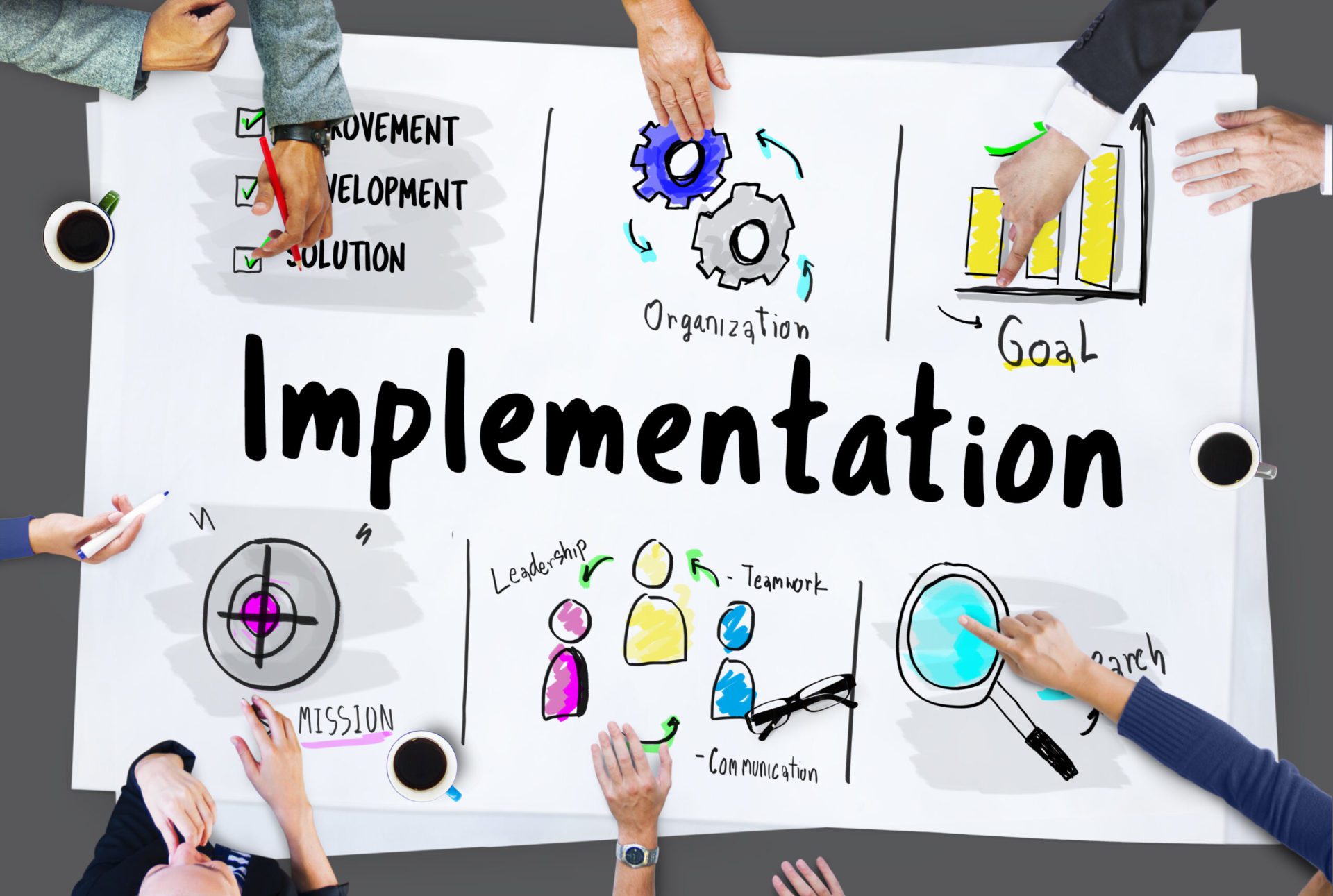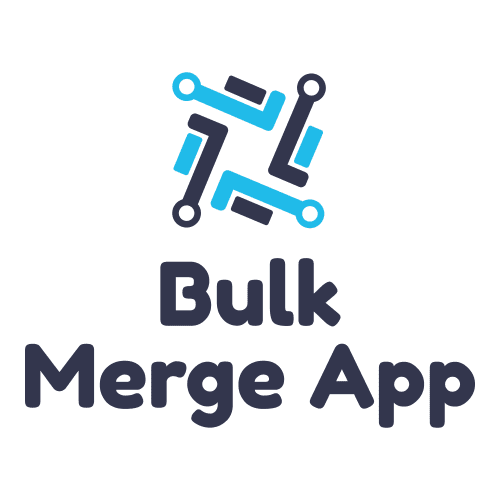How Salesforce Einstein Copilot Is Revolutionizing Customer Relationship Management
Nearly 65% of businesses believe AI will improve customer relationships. One way it’s already done so is by integrating with popular CRMs like Salesforce. The company’s Einstein Copilot leverages the latest in AI and machine learning to support stronger customer relationships. What Is Salesforce Einstein Copilot? Einstein Copilot is Salesforce’s AI-powered assistant. It uses advanced machine […]






